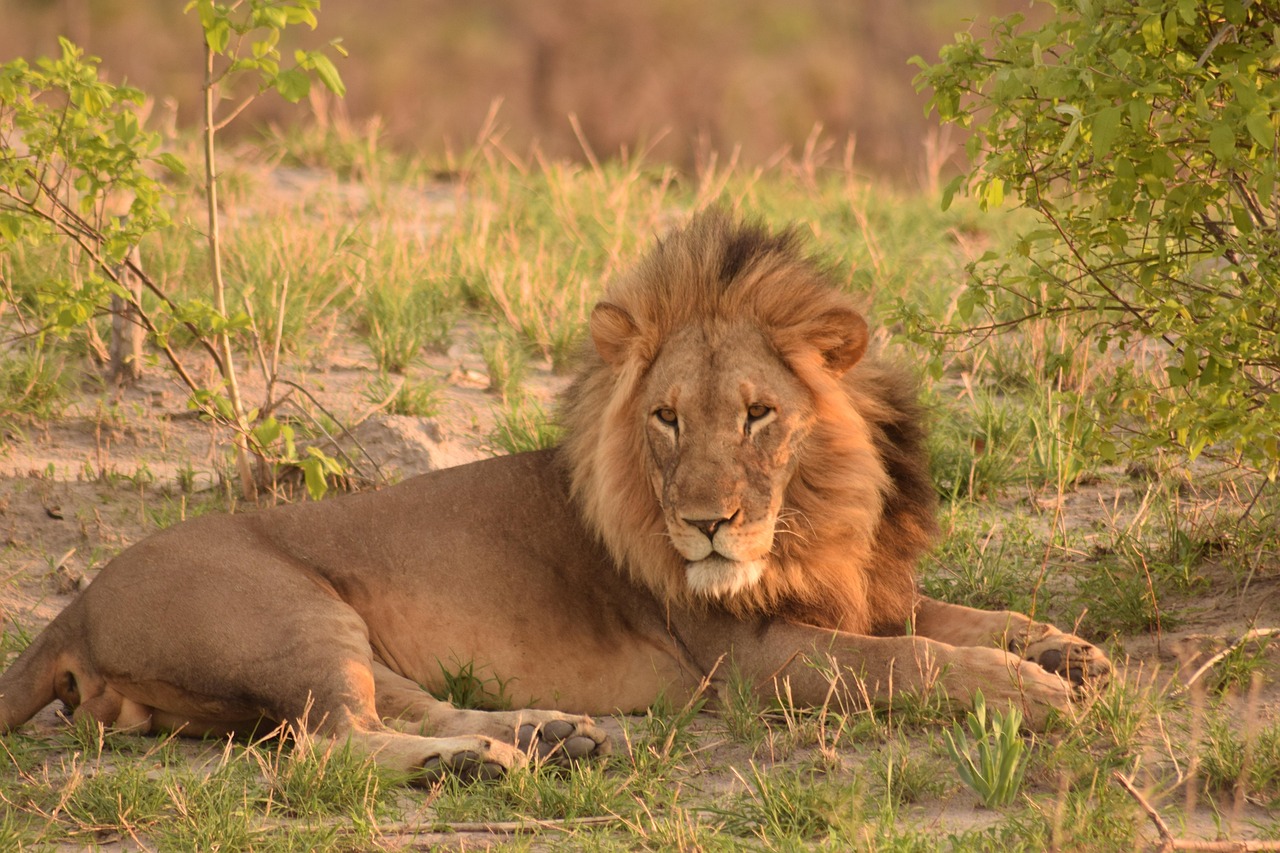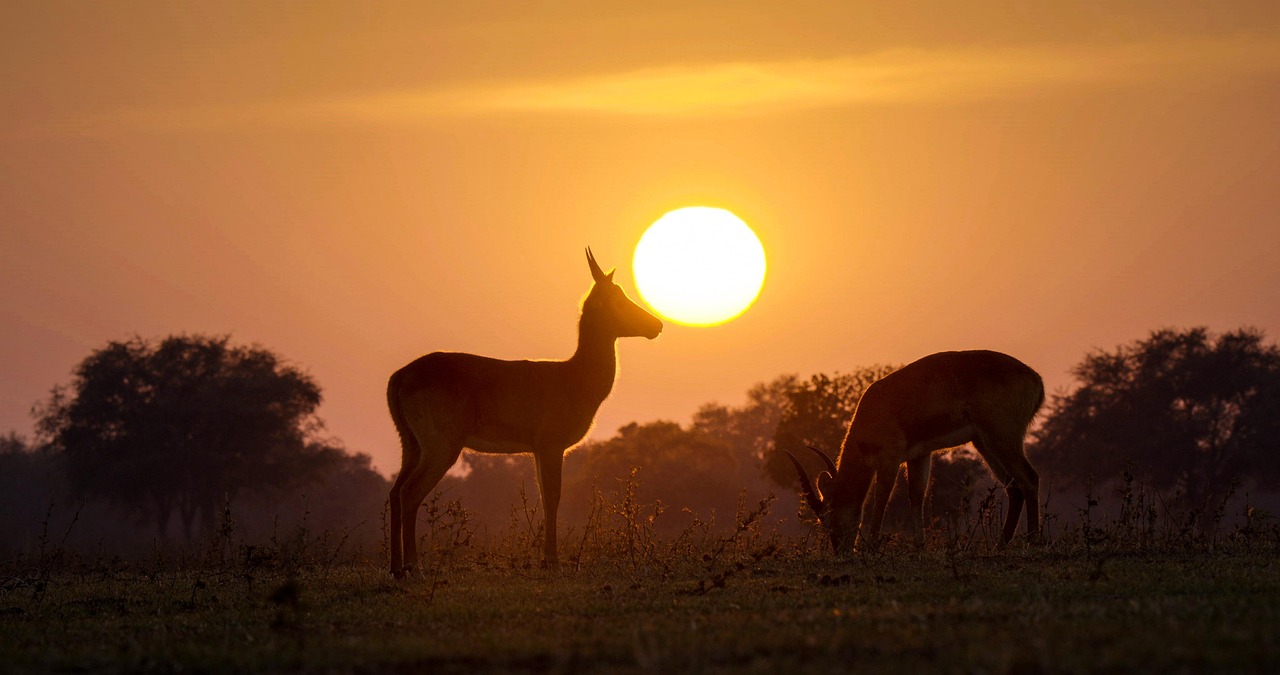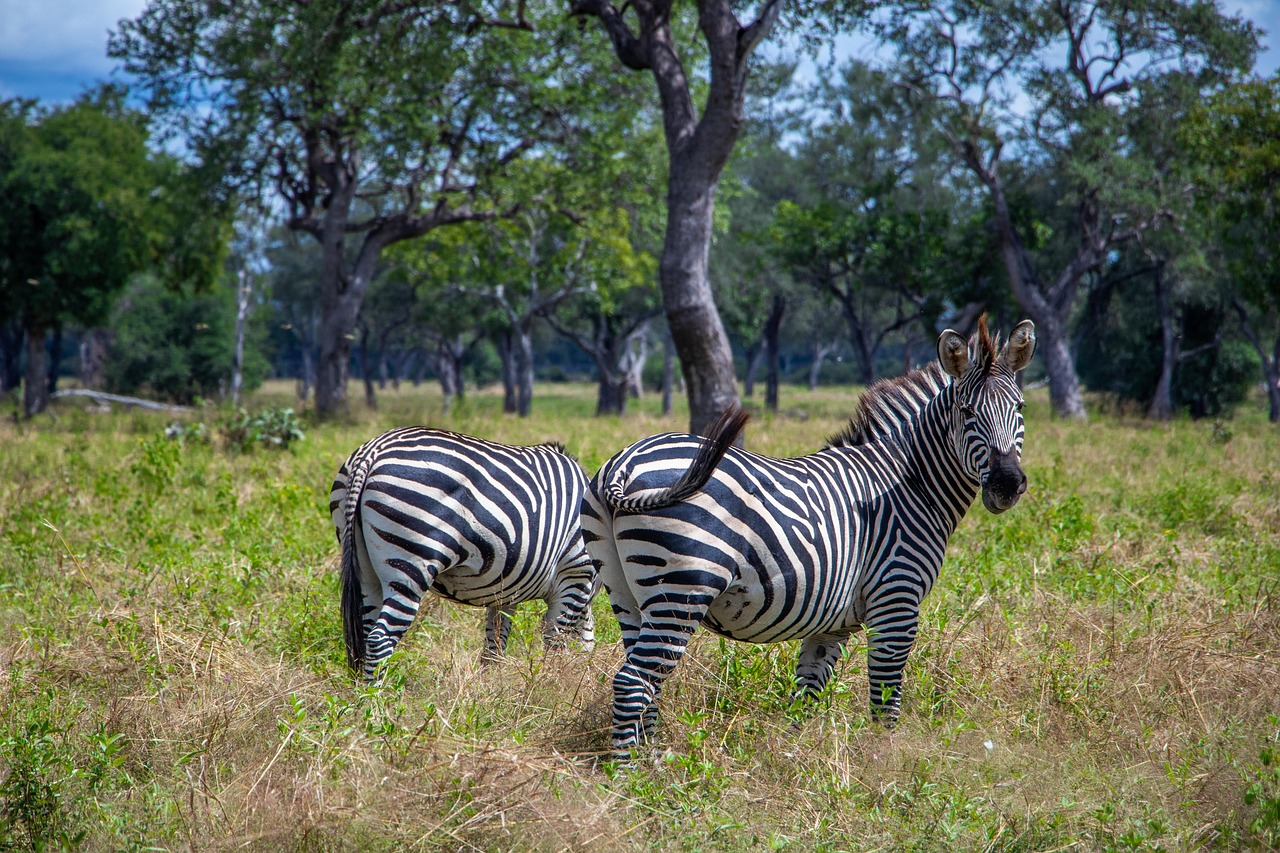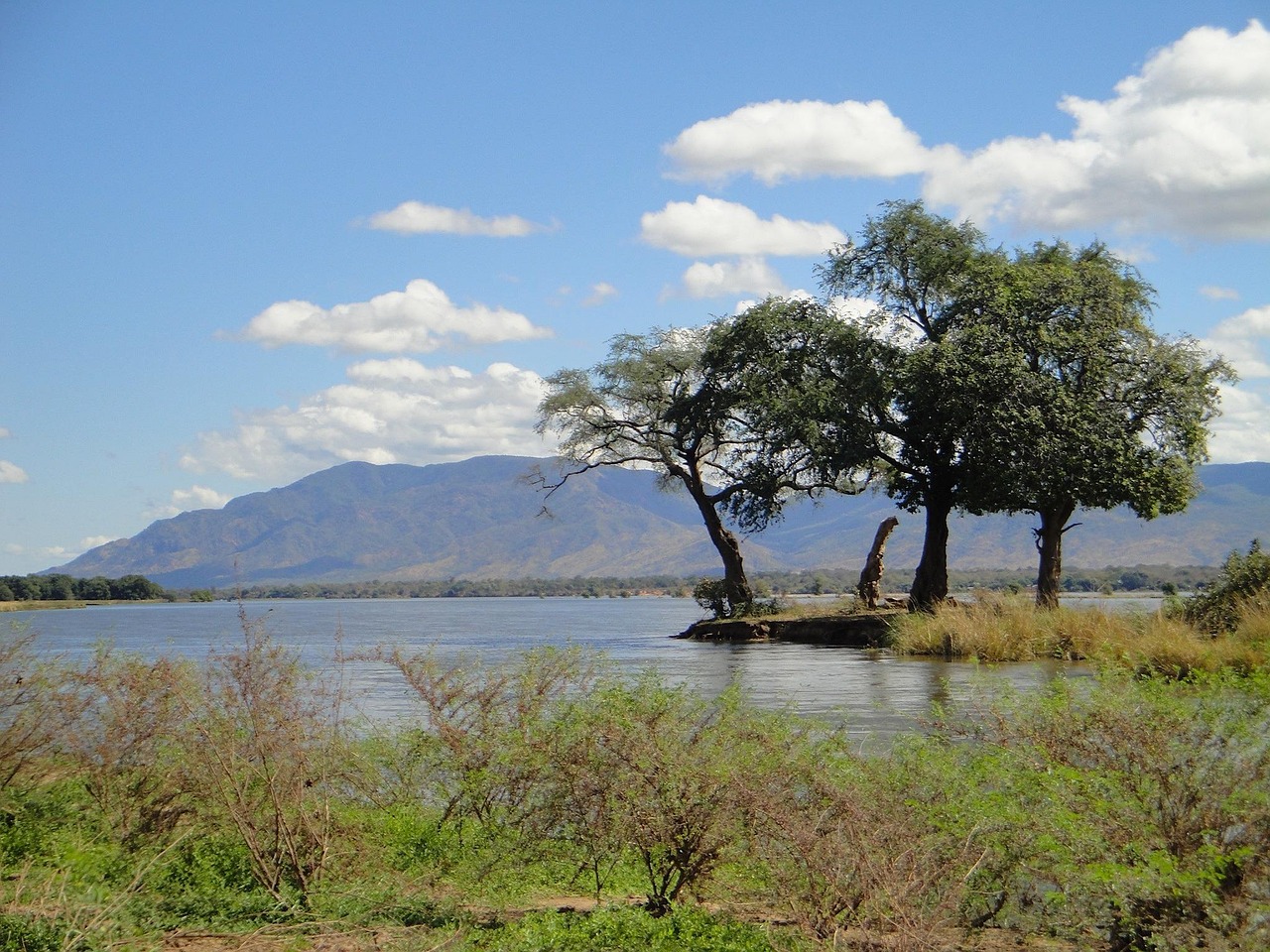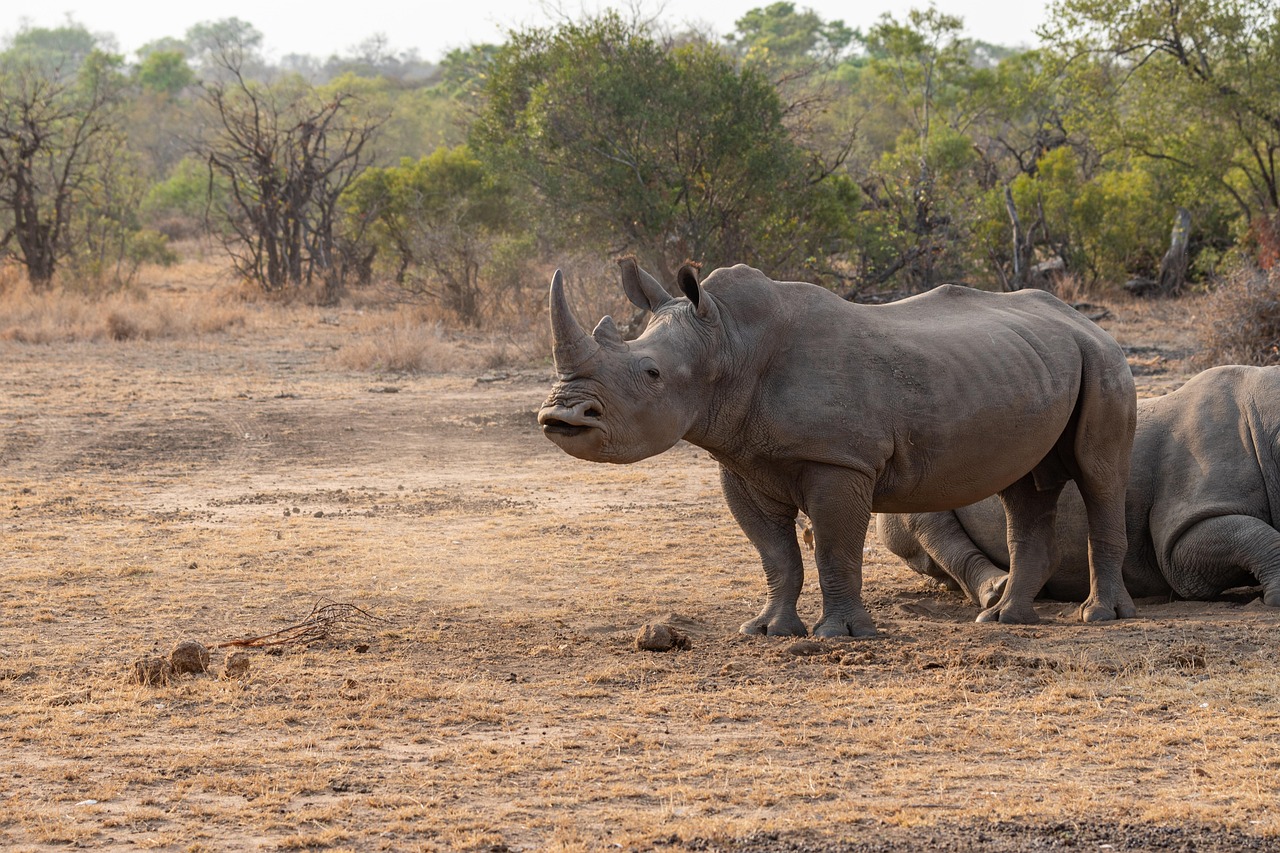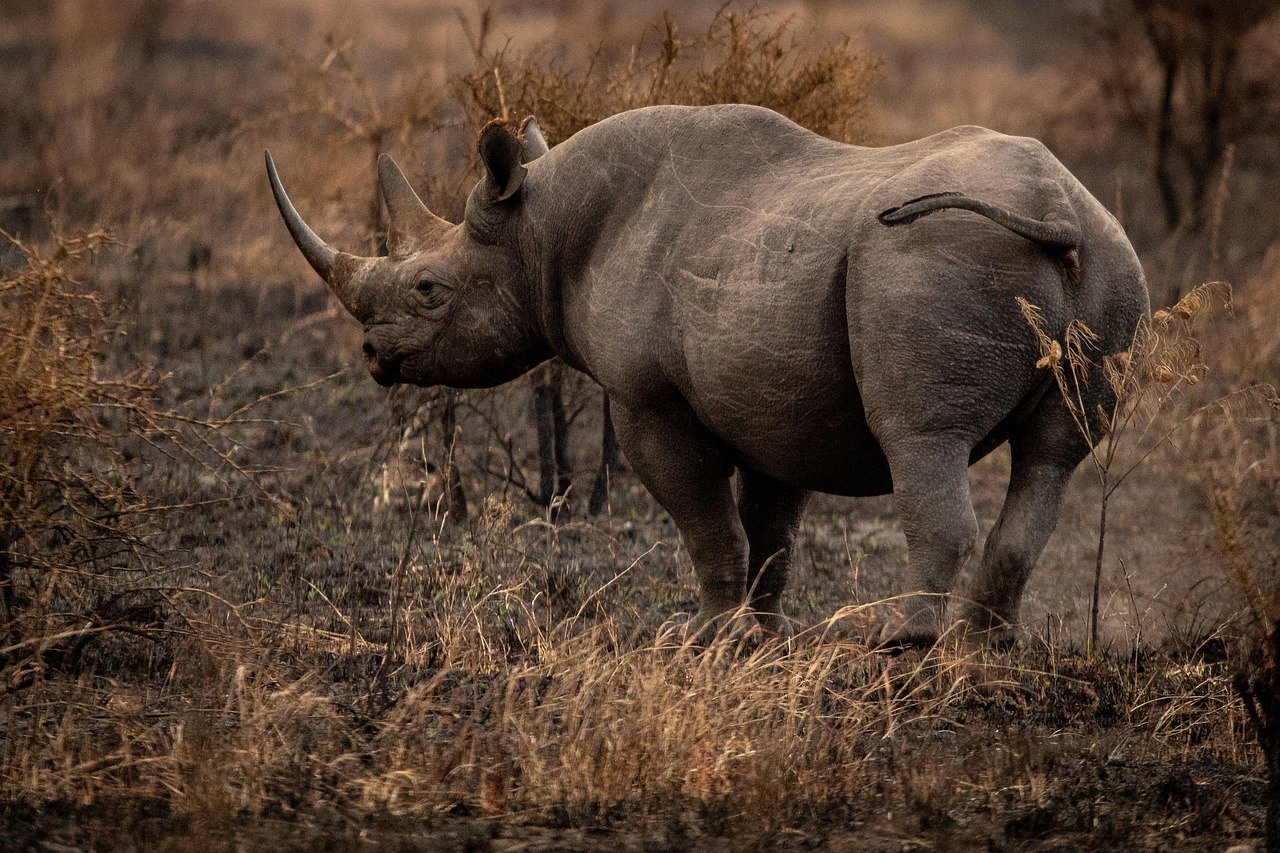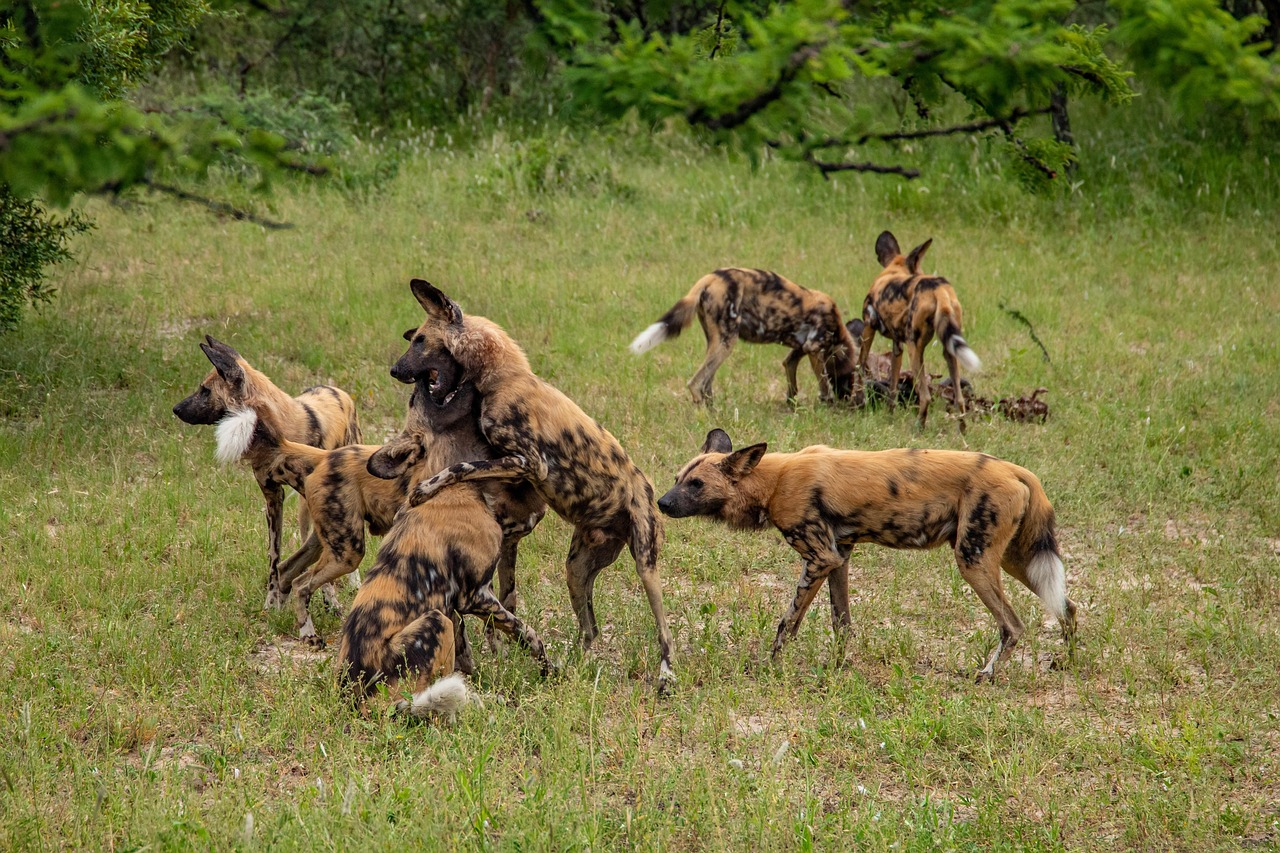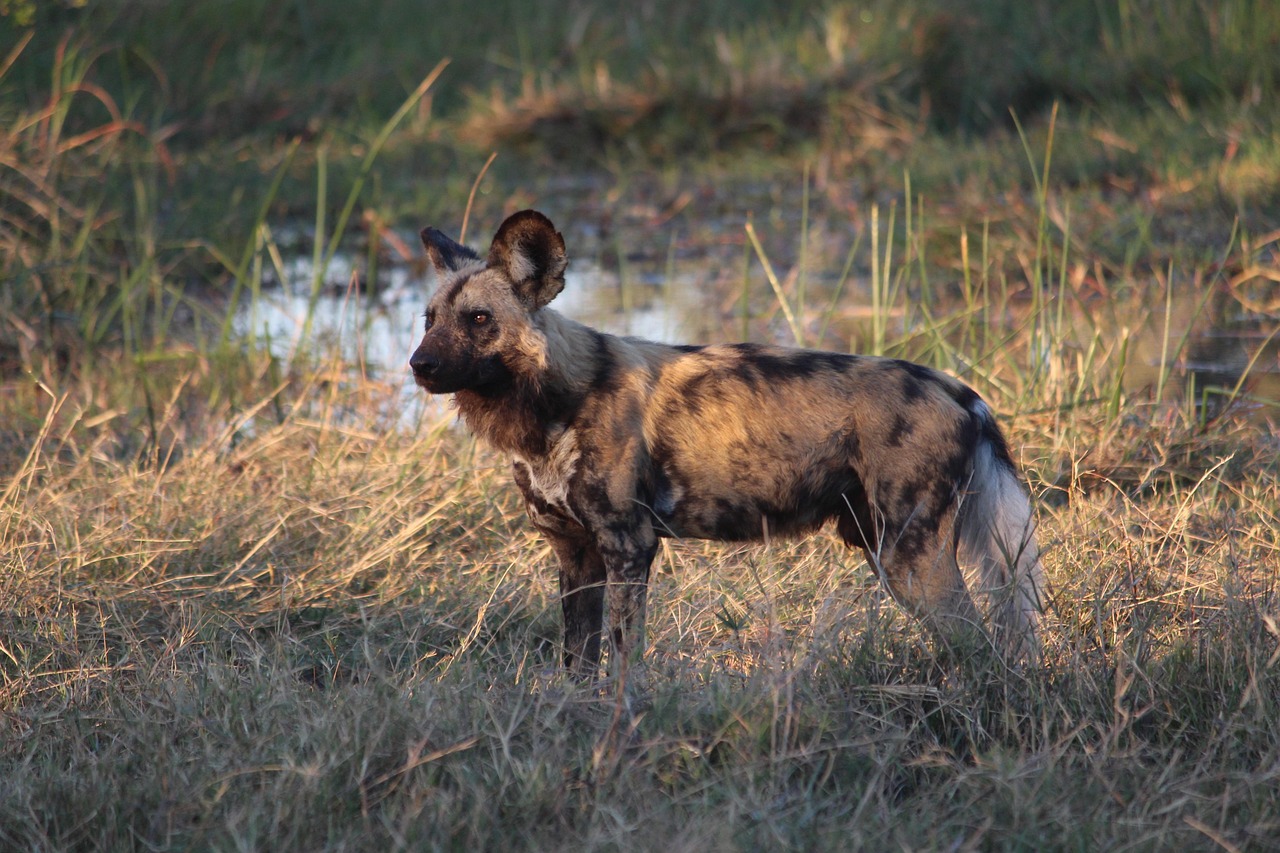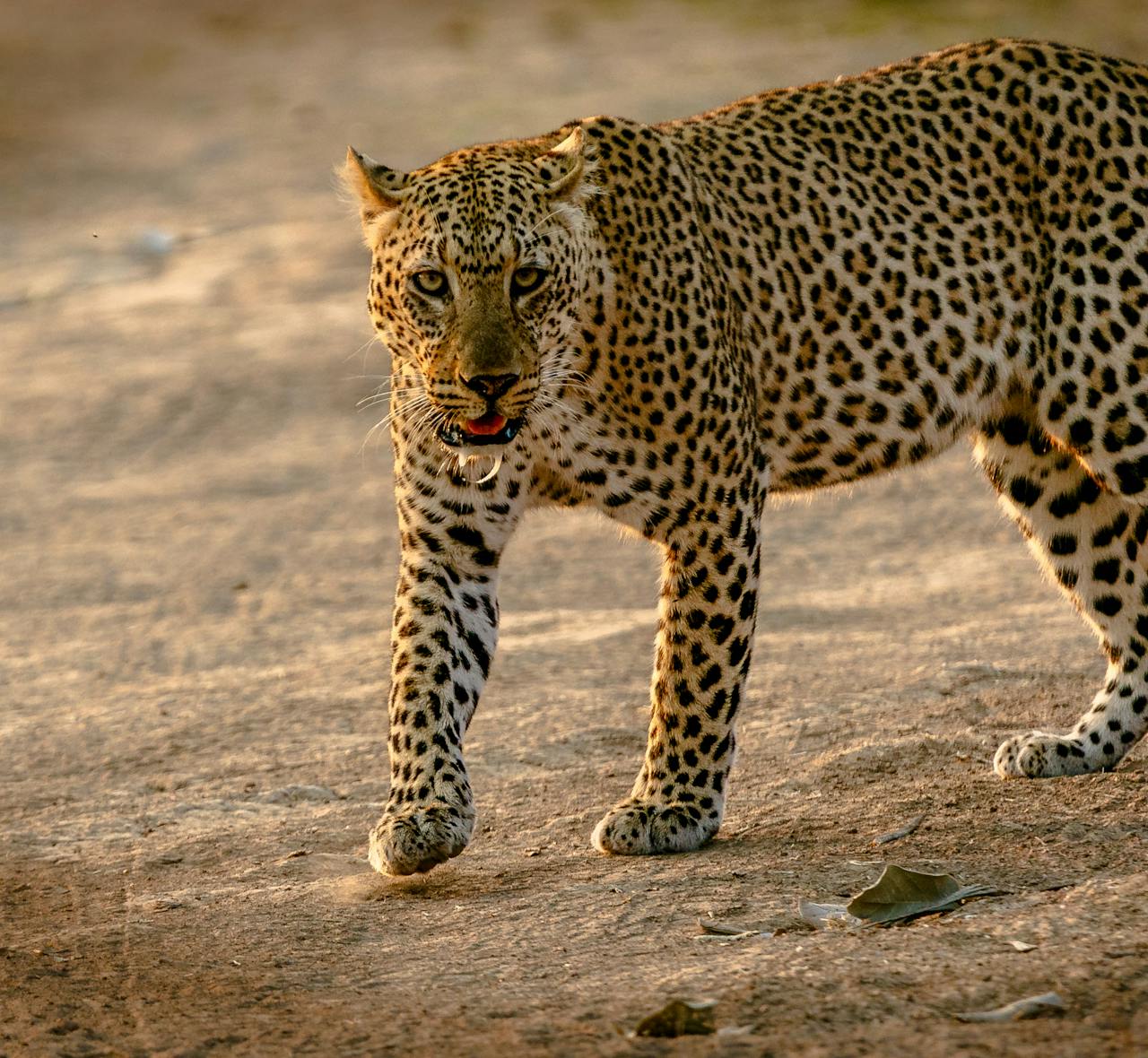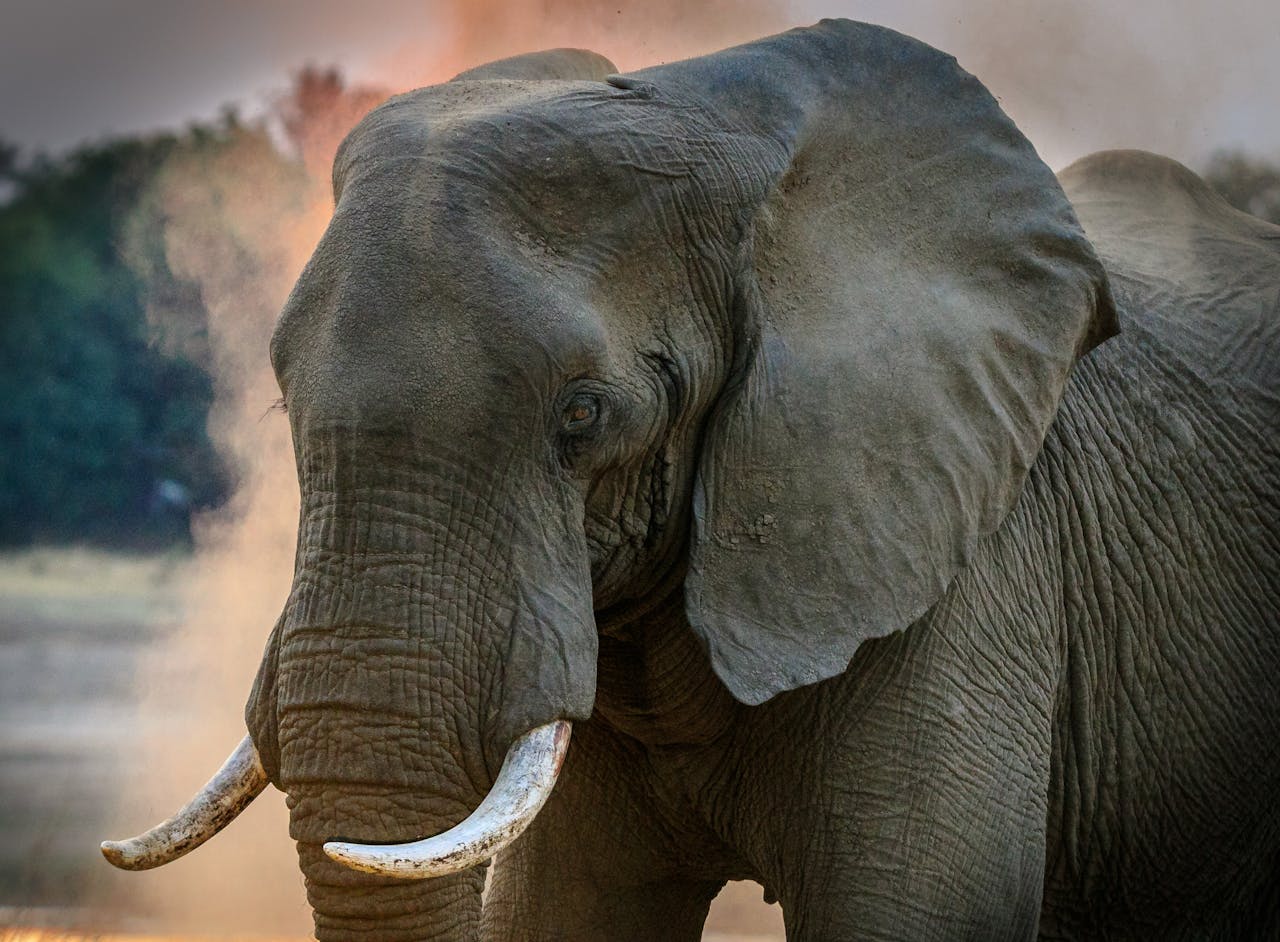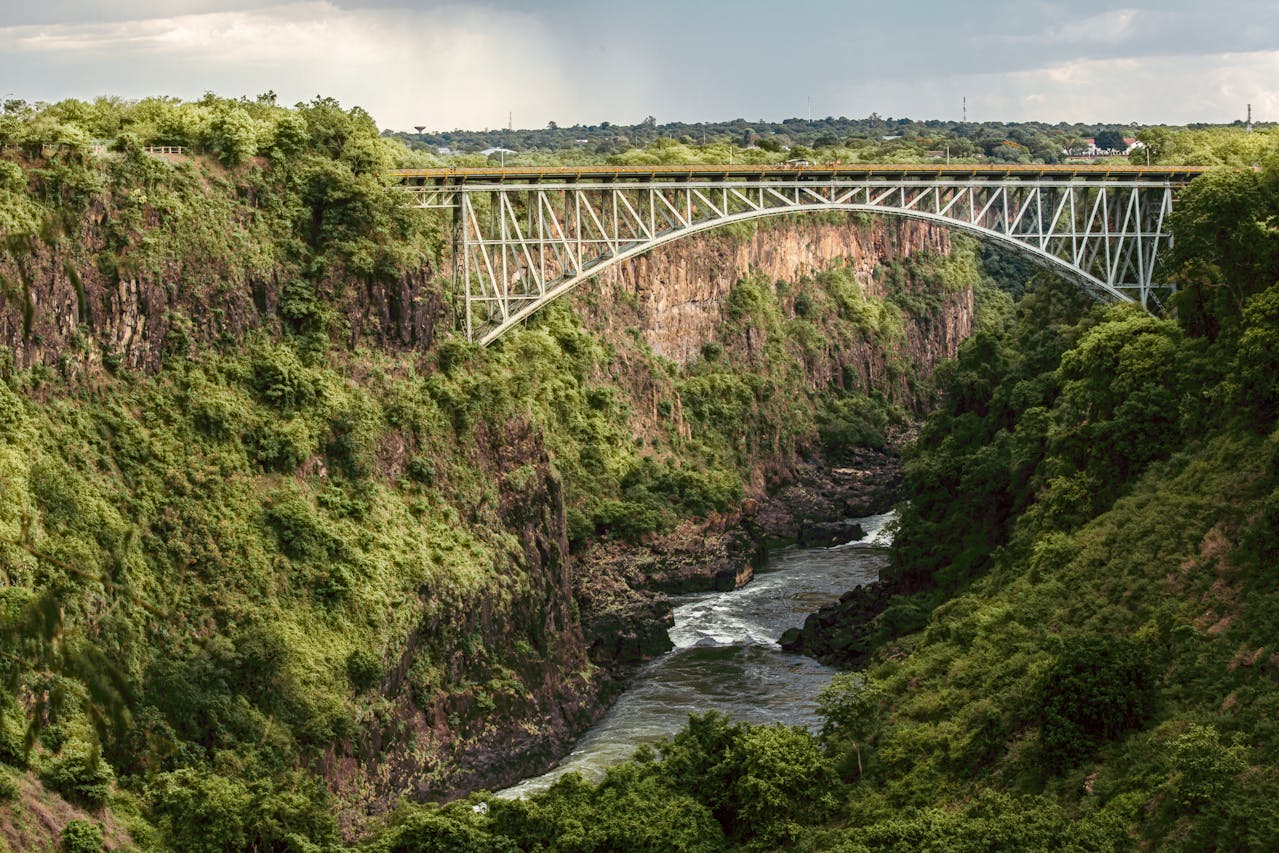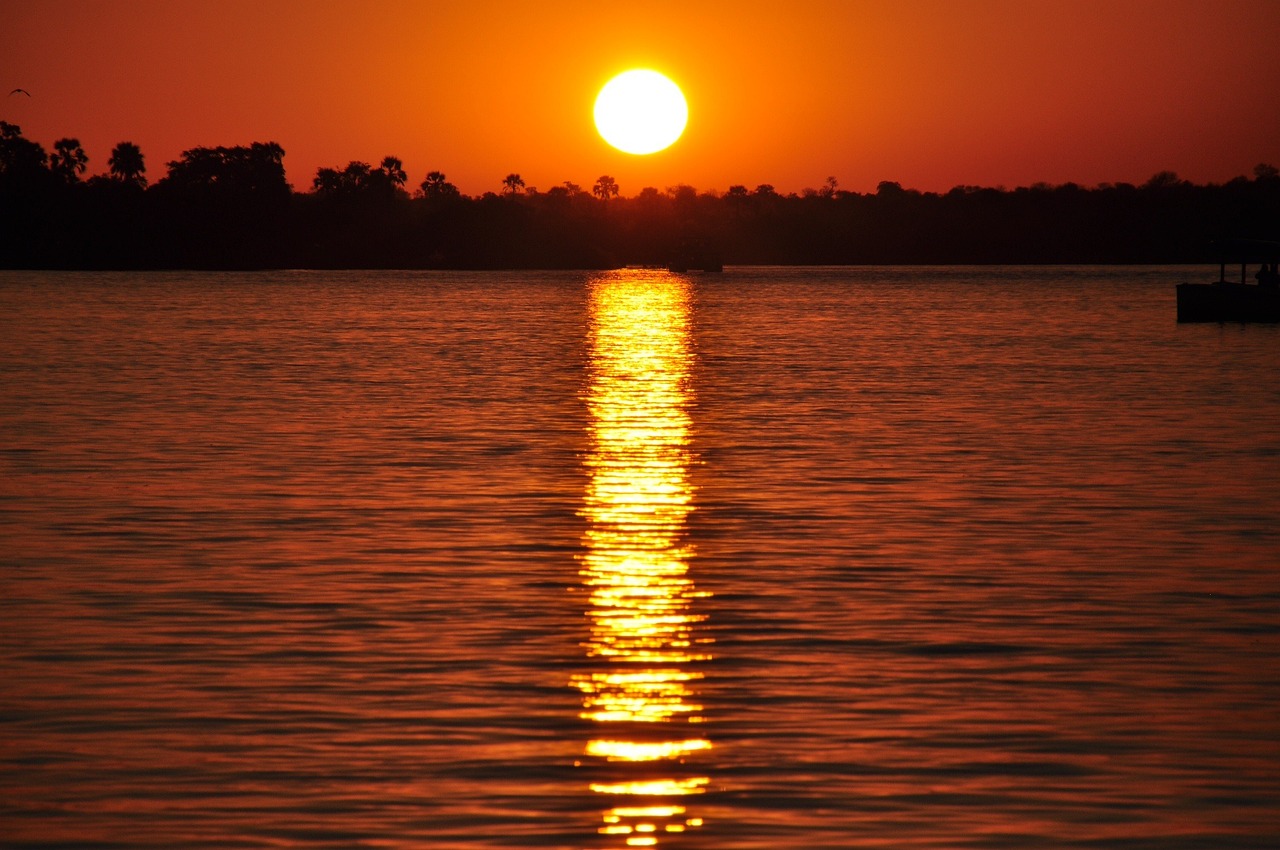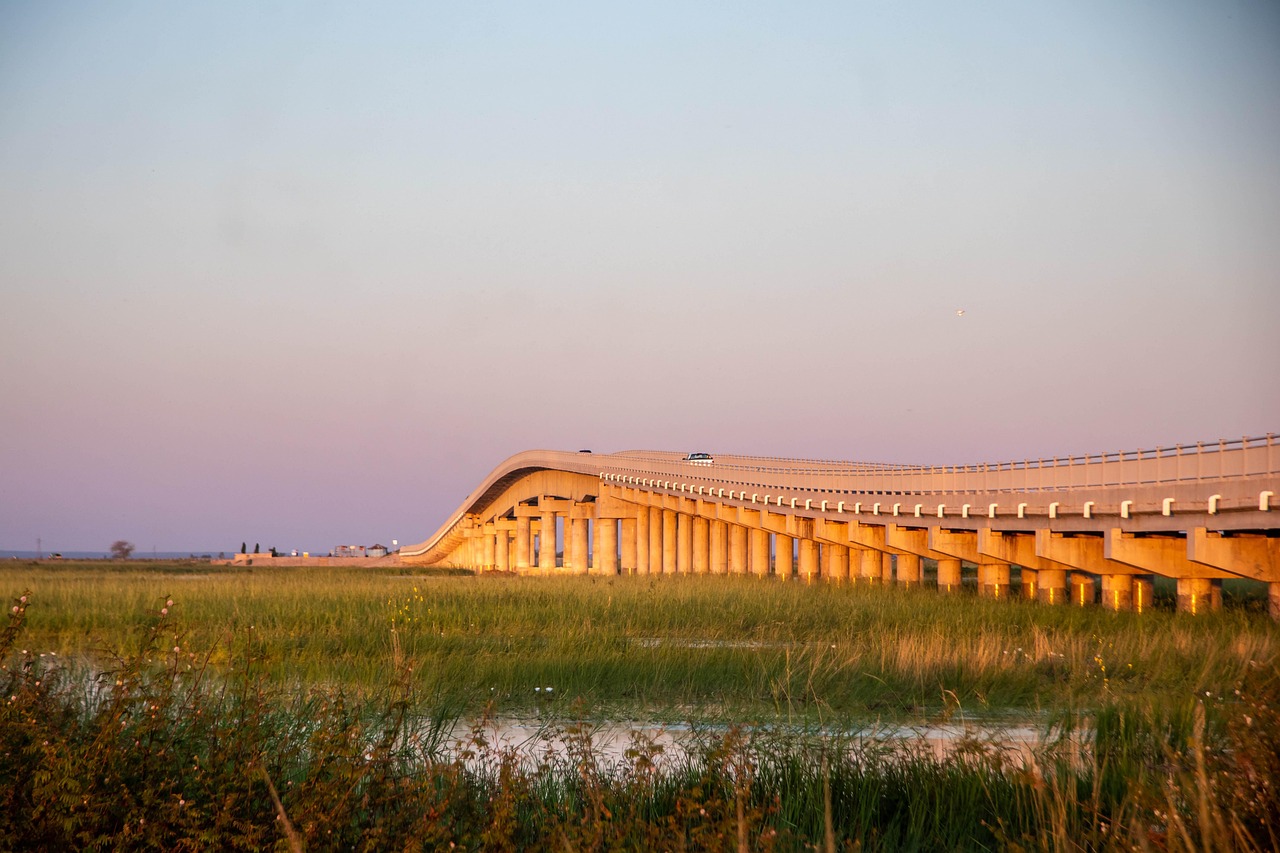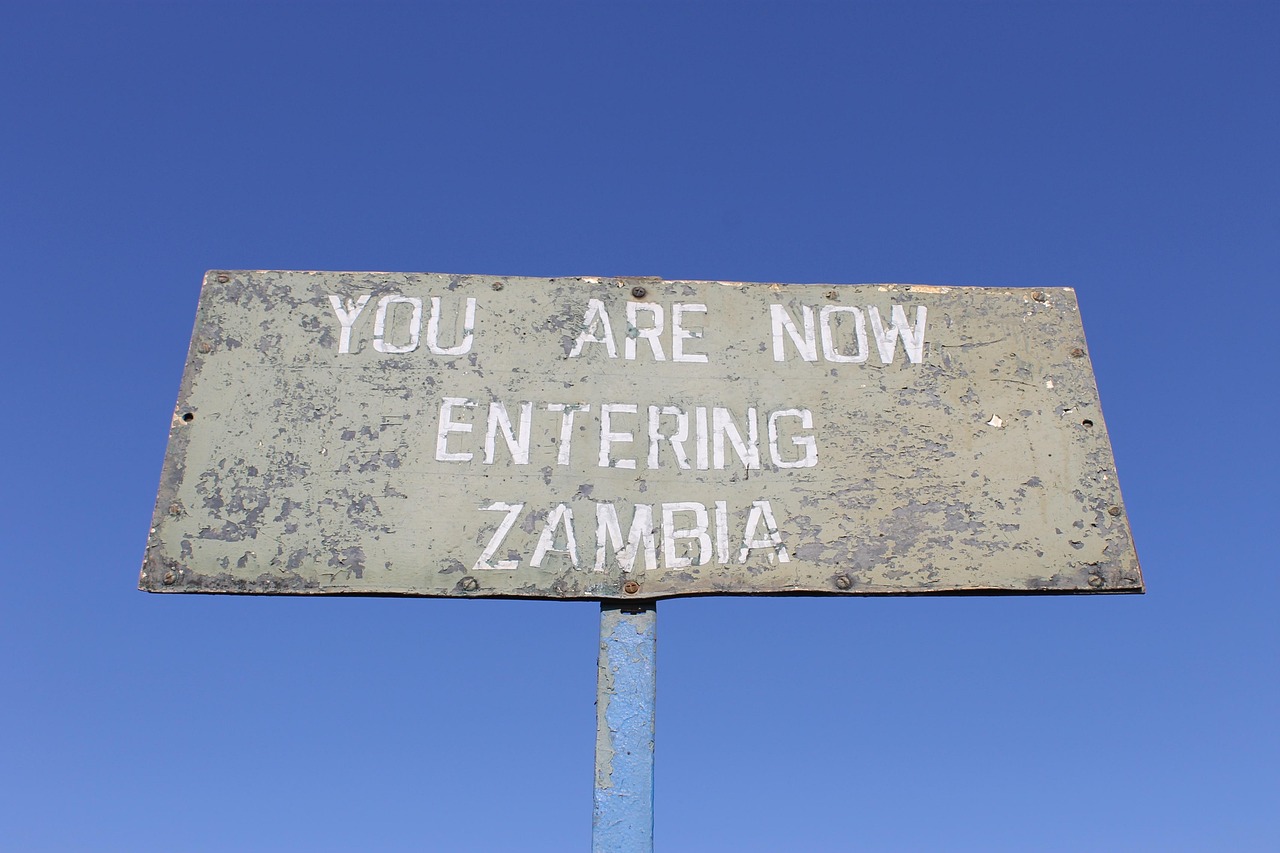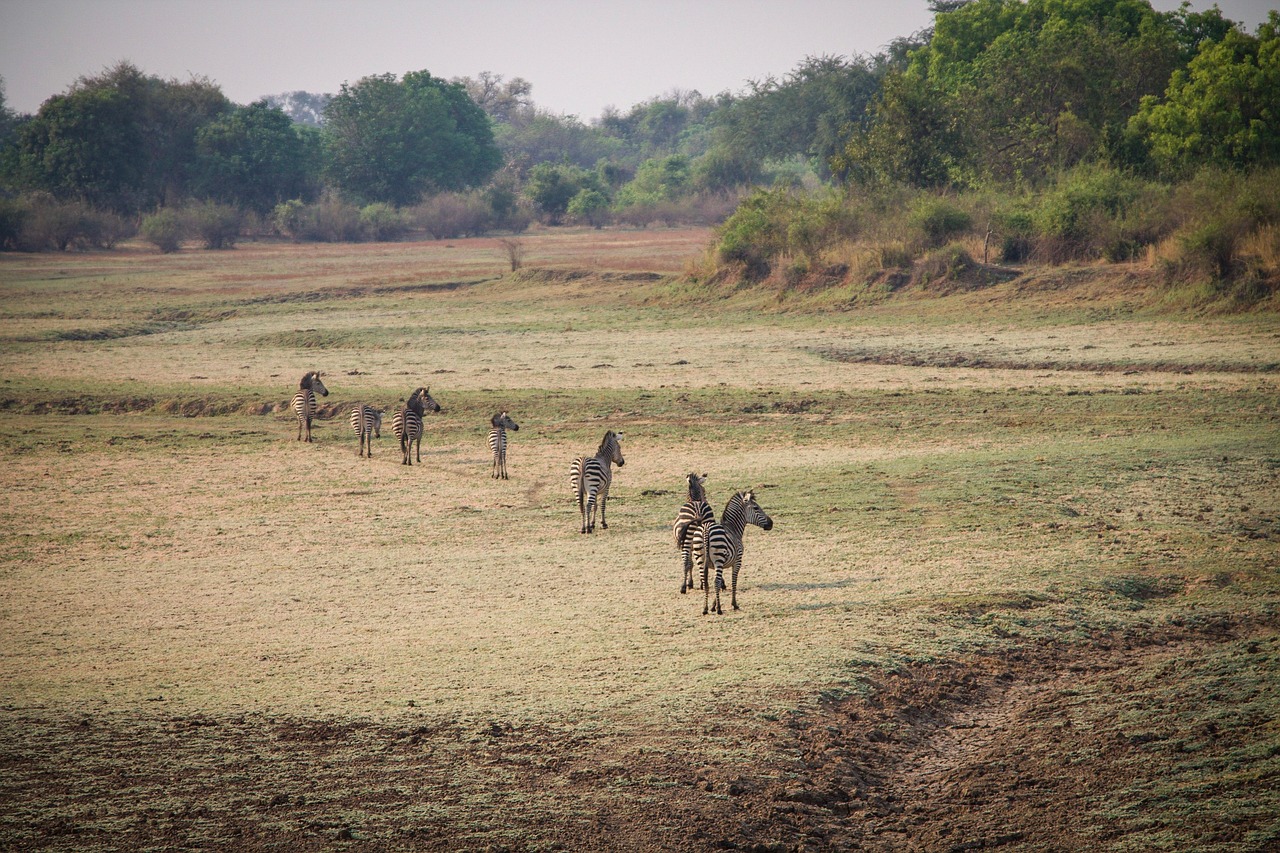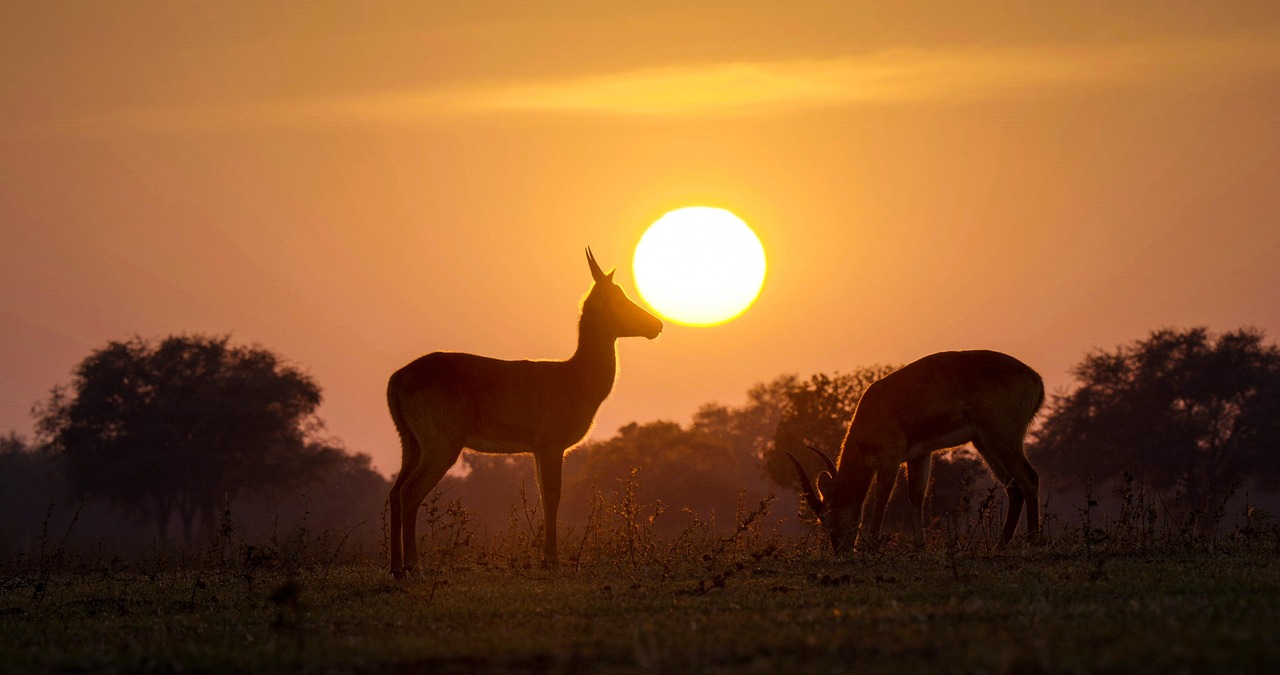
Zambia
Everything you need to know about going to Zambia for a safari. A complete travel guide.Zambia
Overview
A Complete Travel Guide To Zambia.
Everything you need to know about visiting Zambia for a safari.
Zambia is a vast, landlocked southern African country known for authentic wilderness safaris, large national parks, and the mighty Victoria Falls. Its remote safari regions—such as South Luangwa, Lower Zambezi, Kafue and Liuwa Plain—combine walking safaris, river cruises, and classic game drives in low‑density wildlife zones.
Visitors come for immersive experiences: guided walking safaris pioneered by Norman Carr, canoe safaris past hippos, and bird‑rich floodplains under conservation management. Zambia’s safari scene combines responsibly managed wildlife areas with camps from rustic bush to mature luxury.
Victoria Falls is Zambia’s premier highlight—shared with Zimbabwe and one of the world’s natural wonders. It marks an ideal start or end to a safari itinerary, with easy access from Livingstone and Lusaka airports
Explore other countries:
Continue your safari planning journey across Africa’s top countries
Not sure if Zambia is your perfect fit? Click below to explore and compare other safari countries.
Safety
Everything you need to know about safety in Zambia
Zambia is generally safe for travellers, especially within organised safari camps and major parks. In urban areas, there is some risk of petty theft, armed robbery, and carjacking after dark. Still, by staying alert and using sensible precautions, most visits are trouble-free.
Expert tip: Always follow your guide’s instructions within wildlife areas and avoid walking in cities at night for added peace of mind.
A Deeper Understanding Of Safety In Zambia
Across cities such as Lusaka and the Copperbelt, violent crime, including armed robbery, burglary and carjacking, can occur—particularly after dark in poorly lit areas. Tourist centres, bus and train stations and busy shopping areas may attract pickpockets or purse snatchers. However, using reasonable caution when travelling at night, arranging transport ahead of time, and keeping valuables secure helps minimise risk.
In safari zones and national parks, safety is generally high. Camps and lodges maintain tight security controls, and guides enforce protocols to ensure visitor wellbeing. Still, wildlife behaves unpredictably—fatal encounters, though rare, have occurred with elephants and hippos on walking safaris and boat trips. Recent incidents underline that strict adherence to guide instructions and maintaining a safe distance from all animals is essential.
Political demonstrations have occasionally led to unrest, particularly during election periods. Staying informed of local news and avoiding large gatherings helps reduce such risk. Medical facilities are limited in remote areas, so travel insurance and evacuation plans are strongly recommended.
By combining awareness, respect for local wildlife and landscapes, and sensible safety habits, travellers to Zambia can enjoy an authentic safari with confidence.
VISA
Everything you need to know about visas for travel to Zambia
Most visitors from countries such as the UK, USA, Canada, Australia , and New Zealand are visa‑exempt for stays up to 90 days. Other nationalities may obtain a visa on arrival or apply for an e‑Visa, depending on their passport.
Use the following links to see your visa requirements when travelling to Zambia:
Expert tip: Check your passport validity (at least 6 months) and have three blank pages ready before applying:
A Deeper Understanding Of Visa Requirements For Zambia
Visitors to Zambia fall into one of three categories:
- Visa‑exempt nationals (including most EU citizens, the US, UK, Canada, Australia, and New Zealand) enjoy up to 90 days of tourist stay during any 12 months if arriving with valid return/onward tickets and sufficient funds.
- Visa on arrival / e-Visa eligible nationals may apply at arrival or online for up to 90 days for tourism or 30 days for business, processed within a few working days.
- Advance‑visa nationals must apply before travel, receive official approval via the Zambian e‑Services portal, and present it at entry.
Zambia also participates in the KAZA Univisa programme, offering a 30‑day combined visa for multiple entries between Zambia and Zimbabwe, including one‑day access to Botswana, available at key entry points.
Every traveller must hold a passport valid for at least 6 months with a minimum of three blank pages upon arrival. Visas vary by number of entries and purpose; fees are typically US$50–80, depending on type. Always carry evidence of onward travel and sufficient finances.
Vaccinations
Vaccinations are needed to visit Zambia.
Most travellers to Zambia should be up to date on routine immunisations and consider additional vaccines based on itinerary and duration. Yellow fever may be required, depending on your travel origin, and hepatitis A, typhoid, rabies, polio and tetanus are widely recommended.
- Vaccinations Required: yellow fever (if arriving from risk areas)
- Use the following link to find vaccination information for Zambia: https://skyteam.traveldoc.aero/
Expert tip: Schedule your hepatitis A and typhoid vaccines at least two weeks before travel and check earlier vaccine records to avoid unnecessary repeat doses:
A Deeper Understanding Of Vaccination Requirements for Zambia
Travellers should ensure routine vaccines (MMR, polio booster, tetanus) are current. Hepatitis A and typhoid are strongly recommended due to food and waterborne exposure. The yellow fever vaccine is required if arriving from or transiting through a country with yellow fever risk, and passengers must carry a valid International Certificate of Vaccination. Rabies vaccination should be considered if you will spend time in remote wildlife areas or interact with animals; it's regarded as a moderate-risk destination for animal-related exposure. Cholera immunisation may be advised during outbreaks or for high-risk areas of travel. Malaria prophylaxis is essential — though not a vaccine — and should be taken based on seasonal risk across Zambia. Seasonal differences across regions (such as the wetter months for increased mosquito activity) may influence vaccine and prophylaxis strategies. Consult a travel health clinic to review your individual medical history, travel plan, and timing of doses to allow complete protection before departure.
Weather and climate
Everything you need to know about weather and climate in Zambia
Zambia has a tropical savanna climate, shaped by elevation and a distinct wet summer (Nov–Apr) and dry winter (May–Oct). Summer is warm and humid with frequent afternoon rain, while winter is cool, dry and ideal for safaris.
Seasonal Breakdown:
- Summer: Typically from November to April. Average lows range from ~14 °C (57 °F) to 19 °C (66 °F), with highs between 25 °C (77 °F) and 30 °C (86 °F). Rainfall peaks, especially Dec–Feb, often exceeding 150–200 mm (6–8 in).
- Winter: Runs May to October. Average lows fall between 6 °C (43 °F) and 12 °C (54 °F), with highs of 21–26 °C (70‑79 °F). Rainfall is minimal to none—June through August often sees no rain.
Expert tip: For crisp, dry safari conditions and excellent wildlife visibility, plan travel between May and October, and pack layers for chilly early mornings and evenings:
A Deeper Understanding Of Weather And Climate In Zambia
Zambia’s climate is defined by two main seasons: a warm, rainy summer (November–April) and a cooler, dry winter (May–October), itself split into an incredible dry season (May–August) and a hot dry season (September–October). During the rainy months, especially December through February, humidity and afternoon storms are common, with monthly rainfall often exceeding 150 mm in central and northern regions.
Temperature varies by altitude: the central plateau, including Lusaka and South Luangwa, sees mean maximums around 25–30 °C, while elevated northern regions remain cooler and wetter. In winter, low humidity and dry skies offer clear, crisp mornings, ideal for walking safaris and wildlife viewing.
Wildlife visibility and road conditions are generally best during the dry winter months—when wildlife congregates around permanent water sources and no rain interferes. However, early rainy season months (Nov, Mar–Apr) can offer lush landscapes and unique birding opportunities, though rain may impact game drives.
Nowhere is Zambia more climate‑diverse than in its north, where annual rainfall can exceed 1,200 mm, compared to around 700–800 mm in the south. This impacts seasonal flooding, particularly in floodplain-driven ecosystems like South Luangwa or Lower Zambezi—ideal for birders but less accessible late in the rainy season.
Table representing weather and climate in Zambia by month
🟢 Excellent weather | 🟡 Fair weather | 🟠 Hot or rainy conditions | 🔴 Unfavourable travel period
| Month | Avg Low (C/F) | Average High (C/F) | Precipitation (%) | Rainfall (mm/in) | Rainy Days (Average) | Humidity (%) | UV Index |
|---|---|---|---|---|---|---|---|
| January | 14 °C / 57 °F | 26 °C / 79 °F | ~70 % | 150 mm / 6 in | 17 days | ~85 % | Extreme |
| February | 15 °C / 59 °F | 27 °C / 81 °F | ~65 % | 130 mm / 5 in | 16 days | ~87 % | Extreme |
| March | 15 °C / 59 °F | 27 °C / 81 °F | ~40 % | 80 mm / 3 in | 10 days | ~80 % | Very High |
| April | 13 °C / 55 °F | 25 °C / 77 °F | ~20 % | 30 mm / 1 in | 3 days | ~70 % | Very High |
| May | 11 °C / 52 °F | 23 °C / 73 °F | ~5 % | 4 mm / 0.2 in | ~1 day | ~60 % | High |
| June | 9 °C / 48 °F | 21 °C / 70 °F | ~1 % | ~0 mm / 0 in | 0 days | ~50 % | High |
| July | 9 °C / 48 °F | 22 °C / 72 °F | ~1 % | ~0 mm / 0 in | 0 days | ~45 % | Very High |
| August | 11 °C / 52 °F | 24 °C / 75 °F | ~1 % | ~0 mm / 0 in | 0 days | ~35 % | Very High |
| September | 13 °C / 55 °F | 28 °C / 82 °F | ~2 % | ~1 mm / 0.1 in | ~1 day | ~40 % | Extreme |
| October | 15 °C / 59 °F | 30 °C / 86 °F | ~10 % | ~10 mm / 0.4 in | ~2 days | ~60 % | Extreme |
| November | 16 °C / 61 °F | 29 °C / 84 °F | ~40 % | ~80 mm / 3 in | 8 days | ~75 % | Extreme |
| December | 17 °C / 63 °F | 28 °C / 82 °F | ~60 % | ~110 mm / 4 in | 17 days | ~85 % | Extreme |
When To Go
Everything you need to know about the best time to visit Zambia:
The prime window for safari in Zambia is during the dry winter months of June to October, when wildlife visibility is excellent, skies are clear, and game concentrates at reliable water sources.
- High season: June to October
- Low season: November to April
Expert tip: Travelling during May–June, at the end of the rainy season, means fewer tourists, lush landscapes and better rates—yet wildlife viewing remains strong:
A Deeper Understanding Of The Best Time To Visit Zambia
Zambia’s climate divides into two main seasons: dry winter (June–October) and wet summer (November–April). The dry winter—especially June through September—offers reduced vegetation, cooler mornings and evenings, and dense wildlife around rivers and waterholes. Camps and roads are fully operational. October is hotter and drier, with vigorous wildlife activity.
The distant shoulder months (May and November) offer ‘emerald season’ value—green landscapes, low visitor numbers, and better pricing—though limited lodge openings and transitional weather can affect road access and walks. The wet season (December–April) sees heavy rains, fewer operational camps in Kafue and Lower Zambezi, and challenging game driving—though South Luangwa’s Mfuwe area remains open. The wet season brings superb birding, especially early in the rains, with migrant species abundant.
If you also hope to see Victoria Falls at peak flow, plan for June to August while combining it with excellent game viewing.
Table representing the best time to visit Zambia:
| Month | Weather | Wildlife Viewing | Birdwatching | Temperature |
|---|---|---|---|---|
| January | 🌧️ | ✅ | 🐦🐦🐦 | ☀️ |
| February | 🌧️ | ✅ | 🐦🐦🐦 | ☀️ |
| March | 🌧️ | ✅ | 🐦🐦🐦 | ☀️ |
| April | 🌤️ | ✅ | 🐦🐦 | ☀️ |
| May | 🌤️ | ✅✅ | 🐦🐦 | ☀️ |
| June | ☀️ | ✅✅✅ | 🐦🐦 | ⛄/☀️ |
| July | ☀️ | ✅✅✅ | 🐦🐦 | ⛄/☀️ |
| August | ☀️ | ✅✅✅ | 🐦🐦 | ☀️ |
| September | ☀️ | ✅✅✅ | 🐦🐦 | ☀️ |
| October | 🌤️ | ✅✅ | 🐦 | 🔥 |
| November | 🌤️ | ✅ | 🐦 | ☀️ |
| December | 🌧️ | ✅ | 🐦🐦 | ☀️ |
Table Legend:
Weather: ⛈️ Thunderstorms, 🌧️ Rain, 🌤️ Partly Cloudy, ☀️ Dry
Wildlife Viewing: ✅ Average, ✅✅ Good, ✅✅✅ Great
Birdwatching: 🐦 Average, 🐦🐦 Good, 🐦🐦🐦 Great
Temperature: ❄️ Cold, ☀️ Warm, 🔥 Hot
Getting Here
Everything you need to know about getting to Zambia:
Travellers typically arrive in Zambia by international flight via Lusaka or Livingstone airport.
- Main point of entry to Zambia: Kenneth Kaunda International Airport (Lusaka) or Harry Mwaanga Nkumbula International Airport (Livingstone)
- Effort to get to Zambia: 🟡 Medium
- Effort getting around Zambia: 🟡 Medium
- Best ways to get around Zambia: ✈️ Air; 🚙 Transfers; 🚤 Boat
Expert tip: When flying into Lusaka, consider booking a connecting domestic flight to your safari lodge—this saves long road transfers and minimises travel fatigue:
A Deeper Understanding Of Getting To Zambia
By Air
Most international travellers fly into Kenneth Kaunda International Airport (LUN) near Lusaka, Zambia’s main gateway. Direct connections are available from regional hubs like Johannesburg, Nairobi, and Dar es Salaam, often via airlines such as Zambia Airways, Kenya Airways, and Ethiopian partners. Travellers heading to Victoria Falls or the Lower Zambezi region may fly into Harry Mwaanga Nkumbula International Airport (LVI) in Livingstone. Domestic carriers, including Proflight Zambia and Zambia Airways, provide scheduled and charter services to lodge airstrips near South Luangwa (Mfuwe), Lower Zambezi, Kafue, and other safari areas.
By Road
Zambia can be accessed overland from neighbouring countries like Zimbabwe, Botswana, Tanzania, Malawi or South Africa. Major highways connect border crossings to Lusaka, Livingstone, and key safari towns. However, unsealed roads—especially during the rainy season—can become impassable without a 4×4 vehicle, and night driving is not advised. Road conditions vary, and journeys may be lengthy in remote areas.
Transfers and Accessibility
Once in-country, most travellers move from airports to safari lodges using private transfers, charter flights or organised boat transfers. Many lodges include transfers from Mfuwe, Lusaka or Livingstone airports, for wilderness destinations like Lower Zambezi or Kafue, boat rides or light aircraft transfers are often used. Road transfers are possible but may be lengthy or affected by seasonal conditions.
Why Visit
This is why you should visit Zambia:
Zambia offers vast, unspoilt wilderness, expert walking safaris, and friendly locals, all with low visitor numbers and high wildlife density across national parks and conservancies.
Expert tip: Visiting Zambia rewards both wildlife enthusiasts and culture seekers—combine a walking safari in South Luangwa with a village visit and start or end at Victoria Falls for contrast:
A Deeper Understanding Of Why You Should Visit Zambia
Zambia stands out for its authentic safari experiences—few vehicle crowds, a strong heritage of responsible tourism, and increasingly rare wildlife sightings. The country is lauded for excellent guiding, luxury lodges in remote settings, and personalised visits that connect travellers with nature and local conservation efforts.
South Luangwa and walking safaris
South Luangwa National Park is the birthplace of modern walking safaris—tracing routes pioneered by Norman Carr. It delivers intimate wildlife encounters on foot, superb visibility for leopards, elephants and wild dogs, and immersive experiences rarely found elsewhere.
Lower Zambezi and river experiences.
Lower Zambezi National Park lies along the Zambezi River, offering canoe trips, boat safaris, bush dinners and waterside wildlife viewing. It’s prime territory for hippos, buffalo, and lion sightings, all in a quiet, river-bound wilderness.
Kafue National Park and diversity
Kafue is Zambia’s largest park—nearly the size of Wales—spanning miombo woodland, floodplains and diverse habitats. It supports over 150 mammal species, a large lion and wild dog population, and more than 500 bird species, including Zambia’s only endemic species—the Chaplin’s barbet.
Activities
Everything you need to know about safari activities in Zambia:
Explore an unforgettable array of game drives, walking safaris, boat and canoe trips, night drives, and cultural experiences—all framed by Zambia’s remote wilderness regions. Expect intimate wildlife encounters on foot, river safaris along the Zambezi, and plenty of photography opportunities beneath open skies.
Expert tip: Try combining a walking safari in South Luangwa, a canoe trip in Lower Zambezi, and a cultural village visit around Livingstone for a varied itinerary. Explore activities available in Zambia:
Birds
Everything you need to know about birdlife in Zambia
Zambia offers outstanding birdwatching—home to over 750 species, including the endemic Chaplin's barbet, rare waterbirds, raptors and woodland specialists. The peak period is during the wet "emerald season" when migratory and resident species gather.
- Birds in Zambia: Chaplin's barbet, black-cheeked lovebird, wattled crane, Pel's fishing owl, racket‑tailed roller, red‑capped crombec
- Best months for birding: November to April
Expert tip: Focus on Kasanka, Kafue and South Luangwa National Parks during the wet months; lodges are quieter and birdlife is abundant. Explore birds in Zambia.
Wildlife
Everything you need to know about wildlife in Zambia
Zambia teems with iconic species—lions, leopards, elephants, buffalo, hippos, and Thornicroft's giraffe—alongside rare antelope and African wild dog. Wildlife encounters are reliable and terrain diverse.
- Best months for wildlife viewing in Zambia: June to October
Expert tip: Select lodges in South Luangwa, Kafue or Lower Zambezi that offer both walking safaris and boat cruises to catch predators near rivers at dawn and dusk—Explore wildlife in Zambia
A Deeper Understanding Of Wildlife In Zambia
Zambia is celebrated for its low‑density safari experience, with wildlife sightings centred around permanent rivers and floodplains. South Luangwa National Park is renowned for frequent leopard, lion, elephant, buffalo, and wild dog sightings. In the Kafue Flats and Lower Zambezi, expect large numbers of hippo and elephant, plus the rare Thornicroft's giraffe found only in the Luangwa Valley. Predators and prey congregate along watercourses during the dry season, ensuring consistent game views. Less common species like cheetah, caracal and pangolin add intrigue. Zambia's commitment to conservation has restored populations of black rhino in North Luangwa.
Table showing wildlife occurrence in Zambia.
🔵 Plentiful 🟢 Common 🟡 Uncommon 🔴 Sporadic ⚫ Non‑occurring
| Species | Frequency |
|---|---|
| Lion | 🟢 |
| Leopard | 🟢 |
| Cheetah | 🔴 |
| Spotted Hyena | 🟢 |
| Brown Hyena | 🔴 |
| Striped Hyena | 🔴 |
| Black‑backed Jackal | 🟢 |
| Side‑striped Jackal | 🟢 |
| Caracal | 🔴 |
| Serval | 🟢 |
| African Wild Cat | 🔴 |
| African Wild Dog | 🔴 |
| Aardwolf | 🔴 |
| White Rhino | 🔴 |
| Black Rhino | 🟡 |
| Elephant | 🔵 |
| Buffalo | 🔵 |
| Giraffe | 🟢 |
| Hippo | 🔵 |
| Zebra | 🟢 |
| Blue Wildebeest | 🟢 |
| Black Wildebeest | ⚫ |
| Sable | 🟢 |
| Roan | 🟡 |
| Eland | 🟢 |
| Oryx | ⚫ |
| Kudu | 🟢 |
| Waterbuck | 🟢 |
| Lechwe | 🟢 |
| Sitatunga | 🟡 |
| Aardvark | 🔴 |
| Pangolin | 🔴 |
| Mountain Gorilla | ⚫ |
| Chimpanzee | ⚫ |
Where To Go
Everything you need to know about parks and reserves in Zambia
Zambia offers a mix of national parks, community reserves, and private concessions, with experiences ranging from structured access in parks to exclusive, flexible safaris in remote concessions. Expect luxury lodges, walking safaris, off-road drives and peaceful wilderness beyond crowds.
Best Parks, Reserves and Concessions in Zambia:
- 🥇 South Luangwa National Park
- 🥈 Lower Zambezi National Park
- 🥉 Kafue National Park
Expert tip: Choose a lodge inside a national park or private concession if you want early access and walking safaris—camp transfers and night drives are often allowed there. Explore Zambia Parks, Reserves and Concessions Below:
A Deeper Understanding Of Parks And Reserves In Zambia
National Parks such as South Luangwa, Lower Zambezi and Kafue offer structured wildlife access and reliable infrastructure, perfect for family camps and vehicle-based safaris. Community reserves and concessions are less common in Zambia, though small-scale conservancies exist near these parks, enhancing local involvement. Private concessions and lodges within the park periphery allow off-road game drives, walking safaris, and night drives, offering more flexibility and exclusive wildlife encounters.
South Luangwa National Park
Renowned as the birthplace of walking safaris, South Luangwa delivers exceptional wildlife density, especially leopard, wild dog, elephant and buffalo. The Luangwa River floodplain supports pristine habitat, with both night drives and trails enhancing game access.
Lower Zambezi National Park
Framed by the expansive Zambezi River escarpment, this park was once a presidential sanctuary and remains remarkably undeveloped. Canoe trips, fishing safaris and remote boat experiences bring you close to elephants, hippos and wild dogs in deep wilderness.
Kafue National Park
Zambia’s largest park, Kafue, spans woodlands, floodplains and the famed Busanga Plains. It supports populations of sable, roan, lechwe, cheetah, wild dog and large elephant herds. Balloon safaris, remote mobile camps and varied habitats provide a diverse safari experience.
Regions
Everything you need to know about safari regions in Zambia
A safari region is a broad ecological and cultural zone containing multiple wildlife areas, lodges, and routes. Understanding regions helps travellers choose between exclusive experiences, off‑road game drives, and luxury lodges available within larger wildlife landscapes rather than individual parks.
Best regions in Zambia:
- 🥇 South Luangwa Safari Region
- 🥈 Lower Zambezi Safari Region
- 🥉 Kafue Safari Region
Expert tip: Opt for a lodge within a private concession inside a region like South Luangwa or Lower Zambezi for early‑morning walking safaris and night drives—perfect for immersive wildlife viewing. Explore Zambia safari regions below:
Pros & Cons
The pros and cons of a safari to Zambia
| Pros | Cons |
|---|---|
| ✅ Low‑density wildlife: Vast landscapes, few tourists, and authentic, off‑road and walking safari experiences | ⭕ Remote access: Some top areas require regional flights or lengthy transfers |
| ✅ Walking safaris pioneered here: Particularly in South Luangwa, offering immersive wildlife tracking on foot | ⭕ Seasonal closures: Most lodges in Kafue and Lower Zambezi close during rainy months |
| ✅ Affordable luxury options: High-end camps often cost less than equivalent destinations | ⭕ Road conditions challenging: Poor highways and washed‑out tracks during wet season |
| ✅ Diverse wildlife: Home to elephants, lions, wild dog, Thornicroft’s giraffe and rare antelope | ⭕ Fewer species than some: Compared to more popular destinations like Tanzania or Kenya |
| ✅ Victoria Falls access: Easily combines intense nature experiences with one of the world’s greatest waterfalls | |
| ✅ Well‑guided conservation tourism: Strong focus on responsible travel and supporting local communities | |
| ✅ Rich birding and walking safari culture: Ideal for birders and those seeking deeper nature connection |
Expert tip: Book lodges in South Luangwa or Lower Zambezi early if you're planning travel in the dry season—these parks fill up fast due to limited accommodation options.


